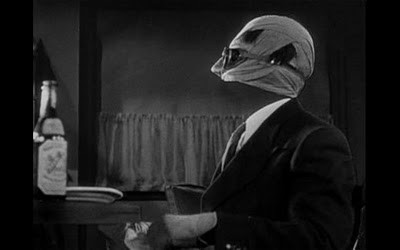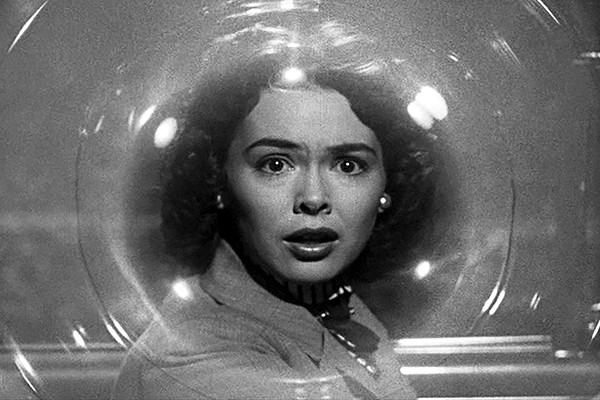Halloween is this Sunday, which means it’s the climax of horror movie season. Memphis’ big screens offer many options to slake your thirst for blood.
Saturday is the big day, beginning with a double feature matinee of classic horror beginning at 1 p.m. at Malco’s Paradiso and Collierville theaters. The Invisible Man was directed by the great James Whale, whose impact on horror cannot be underestimated. Filmed in 1933, after Whale had made the immortal Frankenstein and practically invented the haunted house film with The Old Dark House, The Invisible Man was the first of many attempts to adapt H.G. Wells’ groundbreaking sci-fi novel, and the only one with a script approved by the author himself. It stars Claude Raines in his breakthrough performance, beginning a career that would include such gems as The Adventures of Robin Hood, Casablanca, and Lawrence of Arabia. Here he is absolutely owning the town constable who wants to know what’s going on in his secret lab.
Raines also shows up in the second film of the double feature, The Wolf Man from 1941. Lon Chaney Jr. stars as the titular fuzzy headed antihero. He can’t help it, he just gets moony sometimes.
Take a break for dinner and then head to the Malco Summer Drive-In for the annual Halloween edition of the Time Warp Drive-In. This year’s theme is American Nightmares — The Teen Horror Cinema of Wes Craven. The first film is, for my money, the best of the ’80s horror boom. A Nightmare on Elm Street brought surreal imagery and experimental cinema back to the center of American horror. Made for $1.1 million, it grossed $57 million in its initial run; the fledgling studio New Line Cinema would become known as “The House that Freddy Built.” It was also the debut of Johnny Depp, who gets one of the greatest death scenes in horror history.
In 1996, Craven would deconstruct many of the horror tropes he had a hand in building with Scream. This trailer is built around the film’s infamous opening scene, where Drew Barrymore takes a fateful phone call.
Craven’s 1991 film The People Under The Stairs is an early entry in the horror comedy genre. The class-conscious satire is a little bit like Home Alone made with a lot of blood.
The final film of the evening is The Hills Have Eyes. Made in 1977, it was Craven’s second film after The Last House on the Left; both films would go on to be cult classics.
The Time Warp Drive-In begins at 7 p.m. at the Malco Summer Drive-In. Admission is $25 per car for a night full of scares.




